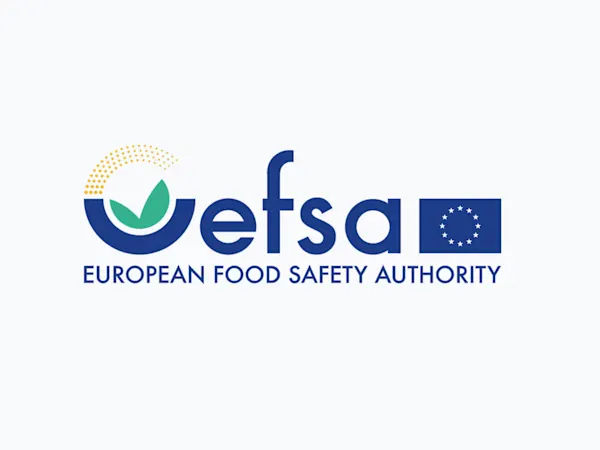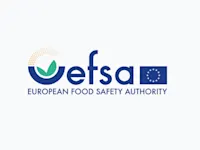
EFSA Seeks Feedback on Overhaul of Weight of Evidence and Biological Relevance Guidance
EFSA launches consultation on updating its Weight of Evidence and Biological Relevance guidance, aiming to streamline chemical risk assessment practices.


In a significant move to safeguard public health, the European Commission has instituted a series of interconnected regulatory frameworks designed to ensure the safety of materials in contact with water intended for human consumption. These include Commission Delegated Regulation (EU) 2024/369, Commission Implementing Decision (EU) 2024/368, and Commission Implementing Decision (EU) 2024/365, each playing a crucial role in forming a meticulous safety net from the initial substance selection to the final product testing.
Delegated Regulation (EU) 2024/369 is fundamental in establishing the procedures for adding or removing substances from the European positive lists of starting substances, compositions, and constituents. This regulation not only sets criteria for the initial approval of substances but also outlines continuous review processes to ensure ongoing compliance with safety standards, emphasizing the role of the European Chemicals Agency (ECHA) in overseeing these applications.
Implementing Decision (EU) 2024/368 specifies the methods for testing and approving final materials used in products that come into contact with drinking water. It adopts a risk-based testing protocol that categorizes materials based on their potential health impacts, ensuring comprehensive scrutiny of materials before they reach consumers.
Adding another layer to this regulatory framework is Implementing Decision (EU) 2024/365, which harmonizes with the other two pieces by detailing the methodologies for testing and accepting starting substances, compositions, and constituents. This decision provides the technical guidelines and acceptance criteria necessary for substances before they are even considered for inclusion in the positive lists under Regulation 2024/369. It ensures that every substance incorporated into materials has passed stringent tests for safety and efficacy, thereby supporting the overarching goal of the other regulations.
The interconnection between these documents is crucial for maintaining a seamless regulatory process from substance approval to final product testing. For instance, the testing methodologies established in Decision 2024/365 directly influence the procedures for inclusion or removal of substances in Regulation 2024/369, ensuring consistency and reliability in the materials that eventually contact drinking water.
The timeline for the full application of these regulations, culminating in December 2026, allows manufacturers and other stakeholders to adapt to the new requirements gradually. This phased approach is designed to ensure that all parties are well-prepared to meet the new standards without disrupting the supply chain or compromising on safety.
The strategic coordination of these three legislative documents exemplifies the European Union’s commitment to ensuring the highest standards of public health through rigorous regulation of materials in contact with drinking water. By covering the spectrum from substance evaluation to final product testing, the framework provides a robust mechanism to protect consumers against potential health hazards, ensuring that only the safest and most rigorously tested materials are used in water contact applications.
Foresight continuously tracks 1000s of sources and maps updates to your portfolio:




EFSA launches consultation on updating its Weight of Evidence and Biological Relevance guidance, aiming to streamline chemical risk assessment practices.

The Netherlands refines its list of potential ZZS chemicals to better align with EU assessments, boosting early detection and regulatory foresight.

Germany's CONMAR-Impact study sets new environmental quality standards for TNT in marine ecosystems, raising industry-wide compliance questions.
Subscribe to Foresight Weekly and get the latest insights on regulatory changes affecting chemical compliance.
Free forever. Unsubscribe anytime.
Read by professionals at